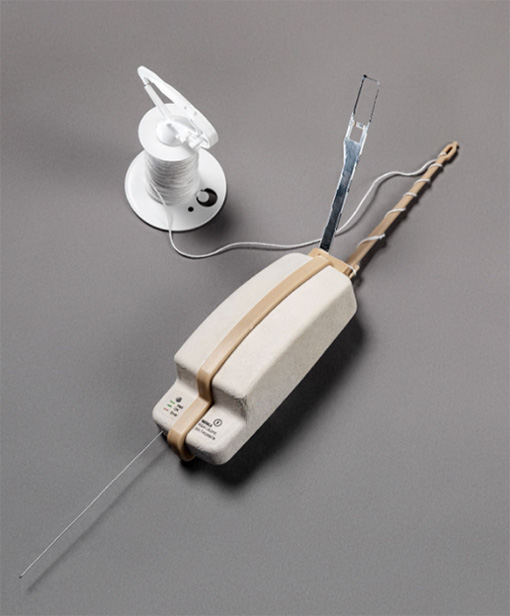NLR Radiosonde Information
NLR launches weather data instruments in the atmosphere regularly and provides guidance on what to do if you encounter one.

Vaisala RS41 Radiosonde. Image from Vaisala
Have you found a scientific instrument launched from the National Laboratory of the Rockies?
Instruments, called radiosondes, are used to collect weather data high in the atmosphere. More than 75,000 radiosondes are flown every year in the U.S.
If you find one, it's safe to handle.
What To Expect
- Radiosondes are typically white boxes about the size of a grapefruit.
- They may be attached to string, a small parachute, or remnants of a balloon.
- The balloon uses a harmless gas (helium) that may still be present in rare cases.
What To Do
- Cut any string attached to the radiosonde and dispose of the string, parachute (if present), and balloon scraps responsibly.
- The radiosonde itself is likely inactive. Its batteries are designed to run out after transmitting data. If you find a radiosonde with a power light on, it is still transmitting data. However, the important, scientific data has already been received by NLR. The battery will soon deplete.
- There is no need to return radiosondes back to NLR. You can keep the radiosonde as a memento or donate it to a local school. For damaged radiosondes or if you don't want to keep it, dispose of it following local disposal guidelines.
Contact
If you have questions or want to report finding a radiosonde, contact Nicola Bodini.
Note: This information is specific to radiosondes launched by NLR. Radiosondes from other organizations may have different markings or procedures.
Share
Last Updated Dec. 6, 2025
